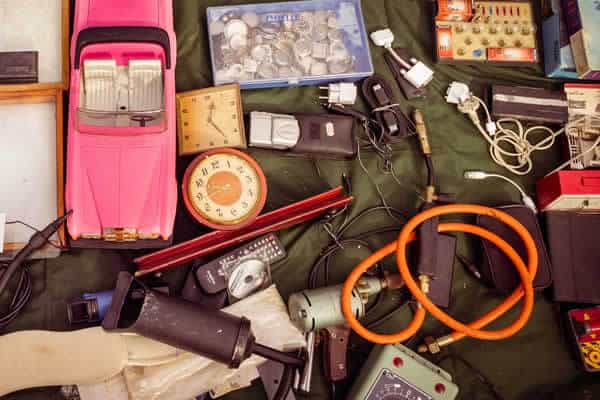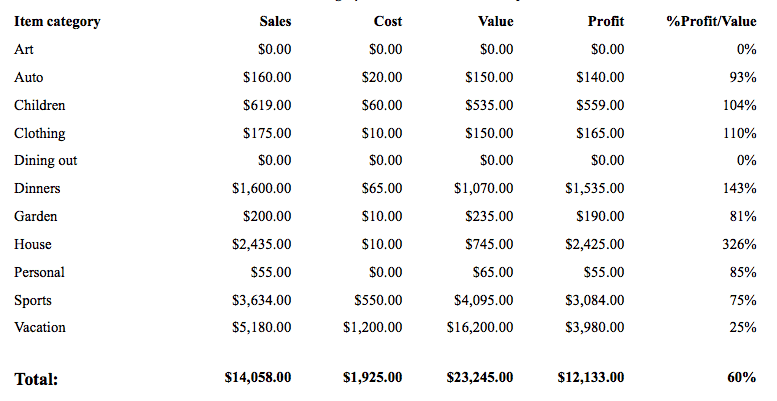
Procuring auction items is hard work! Follow these tips to save time and procure items that will make you the most money.
When you start procuring auction items, do you:
A) Send out a general call to your school, church, or supporter network for general donations?
B) Reach out to local businesses and ask for specific types of donations?
C) Focus on in-demand items and request only those?
Many organizations answer this question with 1)—and end up with a silent auction that feels more like a garage sale. With 2) and 3), you save yourself and your auction committee time by collecting fewer items, making fewer packages, and putting only the best out on the auction tables.
A very large auction that includes every single donation may sound appealing—if we have lots of items available, we’ll make lots of sales, right? But, in a sea of auction items, many will be overlooked by bidders and may simply not sell at all. An empty bid sheet does not encourage more bidding!
GG TIP
If you use Greater Giving Event Software, revisit last year’s auction, and run the SUM-08: Summary – sales totals by item category report.
Before procuring items, analyze your previous year’s auction sales.
Look at your numbers from last year for each of your silent and live auction packages—it should give you a clue as to what kinds of items were most popular with your audience, and what would likely sell well again.
What we’re looking for here are high yield items, or items that have the capacity to raise more than its value in dollars, making the most money for your organization out of every individual donation.
Either create or review your spreadsheet, or if you utilize software, this should be a standard report.

GG TIP
Using Greater Giving Event Software, run the PKG-05: Sales totals by package report for an itemized list of packages sold at your last auction, containing the same sales-over-value calculation, but broken out by individual packages.
In the above example, the %Profit/Value column will tell you which categories of items performed the best; anything over 100% indicates that item category sold for more than it was worth. The higher the profit/value percentage, the more profitable the item becomes.
Make a list of your high-performance categories and seek out those same types of items for your upcoming auction.
Focus on fewer, better items.
No one walks into a garage sale expecting to spend big money. Narrow your auction down to unique, high-value items that are worth the cash that you hope bidders will spend on them. You’ll find your workload is less, and the monetary return is more.
Slim down your auction by focusing your procurement efforts on specific items that you can be sure will perform well.

Target items for procurement that were popular last year—for example, anything that sold with Guaranteed Purchase, or over 100% of value—and try to procure them again.
The fewer items there are on the table, the more attendees will bid on each of them and push your total sale prices higher (and it requires so much less work!). Remember- if everyone else is bidding high on a package, other bidders will be attracted to it and also want to bid. Even better, donors are pleased when they find out the donated item sold well above value, and you’re more likely to get an item from that donor again.
Fewer items mean less hassle.
With fewer, high-value items, you also have fewer winners—meaning there’s less to coordinate at check-out and item pickup, and your auction makes just as much money (if not more!). Slimming down auction size is great for guests, because browsing the package selection is easy, and check-out is a breeze. And of course, fewer receipts will mean less wasted paper, and less time printing before check-out starts.
If you want to add exciting travel and experience packages which would be difficult (or impossible) to procure on your own, consider adding a few Auction Booster items to the mix. Your organization keeps the difference between the winning bid and the package cost. These can be added as multi-sales in the silent auction (think friends going in on a Bermuda trip together), or as a big-ticket item for the live auction to highlight before the event.
Remember—if you do end up with more auction items than you’d like to include in your auction, consider a “Fire Sale”. You can sell those gift certificates, experiences, and anything else that didn’t find a home during your live event to a much wider, global audience.
So to procure smarter, think less is more and be strategic and creative with your wish list of items. If you do, you’ll find a positive shift in your dollars raised and guest experience!
